READY TO GET STARTED?
REQUEST A FREE ESTIMATE
Fill out the form below or call (888) 466-7849 for a free, no-obligation estimate.
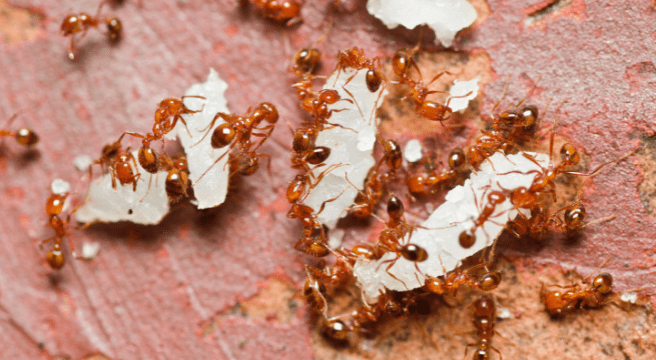
Red Imported Fire Ants (RIFA) have been around for decades, originally coming from South America and first arriving in the U.S. somewhere between 1933 and 1945. They are commonly found in the southern states ranging from Texas to Florida. These pests can be aggravating and quite painful if they bite. It helps to know when they are most active and how to deal with them.
Red imported fire ants are similar in appearance to regular black ants but give off a dark reddish-brown color. They measure 1.6mm to 5mm in length.
Fire ants are known to search for food in warmer temperatures, especially in the range between 72°F and 96°F. They are mostly active during the summer and fall months but can emerge as early as March. Their mounds can be found in yards, stumps, rotting logs, and even around playgrounds. Fire ant mounds can house up to 200,000 individuals and can be up to two feet high and three feet across.
Due to their habitat, they can be a threat to people who enjoy being outside. Although commonly referred to as a bite, they actually sting. Red ants are known to sting humans who disturb a mound. The sting of a red imported fire ant is painful, and the results of the sting are raised welts that can become a white pustule. Often a person will find that they have been stung multiple times by different ants. The biggest threat is if the person has an allergy to insect stings.
If you end up finding these nests or RIFAs roaming in your home, contact a professional local pest control company who can help set up a treatment and control plan for your home. Since RIFAs are known to have a very painful bite, it’s important to remove them as soon as possible.
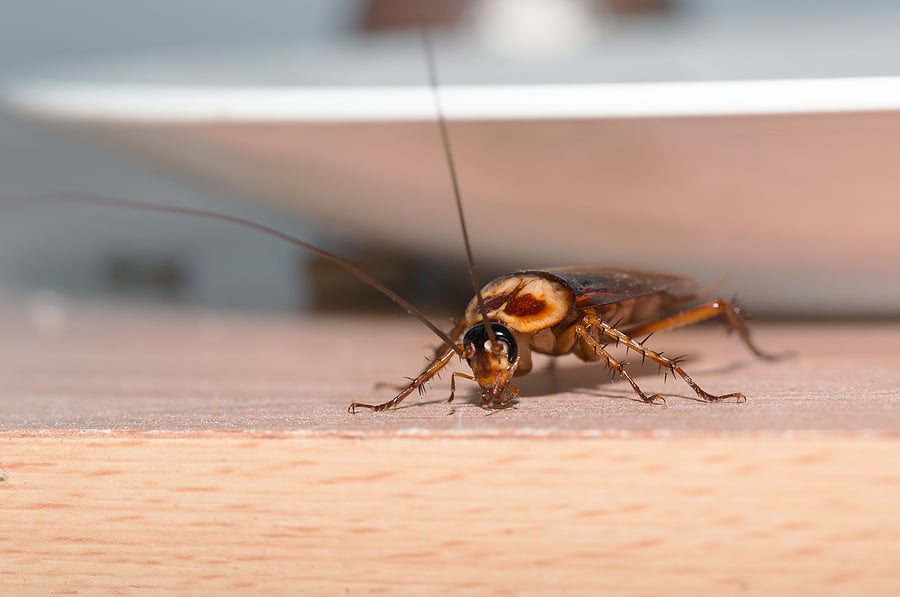
With the new year here, many of us begin to think of our latest New Year’s resolutions and goals. If you’re like most, saving money could be at the top of your resolution list. While pest proofing doesn’t always come to mind when wanting to save money, it can help in the long run with both cost and stress. Here are 5 simple steps you can take when pest-proofing your home in the coming year.
Clean the Kitchen
Pests come into homes looking for food, shelter, and water. It’s essential to keep your home, especially your kitchen, clean to help eliminate the chance of a pest infestation. After each meal, wipe up any crumbs or spills left on the dining room table, countertops, and stovetop. Consider storing the pantry food in air-tight plastic containers. Always dispose of your garbage regularly throughout the week and use garbage cans with tightly sealed lids.
Seal Gaps
Household pests such as mice, cockroaches, and rats can easily sneak inside your home through the smallest gap or opening. It’s important to inspect all the exterior walls of your home, looking for any cracks and gaps, and sealing them immediately with caulk. Take a closer look at where your utilities and pipes come into the house, as well, for any gaps and holes.
Eliminate Moisture
Pests need water to survive and if they find it in a particular spot, they will keep coming back to it. Check around your home for any water leaks and look for loose fixtures or dripping faucets. Even the smallest amount of standing water can attract pests like mosquitoes or termites. Consider enclosing your crawlspace to help control and reduce moisture throughout your home, all while saving money on energy bills.
Prevent Outdoor Pests
Not only should you pest-proof inside your home, but you should always pest-proof outside too. Look around your yard and get rid of any dead bushes and branches. Make sure to rake up all the leaves from your yard too. Trim back tree limbs hanging over your roof, as pests like squirrels or raccoons will use them to gain access to your attic.
Move Your Firewood
Did you know that some pests will inhabit your stored firewood? Pests like cockroaches and termites will often use firewood for shelter, hitching rides into your home via the logs. To avoid this type of infestation, keep your firewood stored at least 20 feet away from your home and elevate it if possible. Before you bring the firewood inside to use, make sure to inspect it and brush it off.
Dealing with a pest problem is never a great way to start the New Year. If you need further assistance in pest prevention or already have an existing pest problem, consider reaching out to your local pest control company where they will inspect your home and set you up with a treatment and prevention plan.
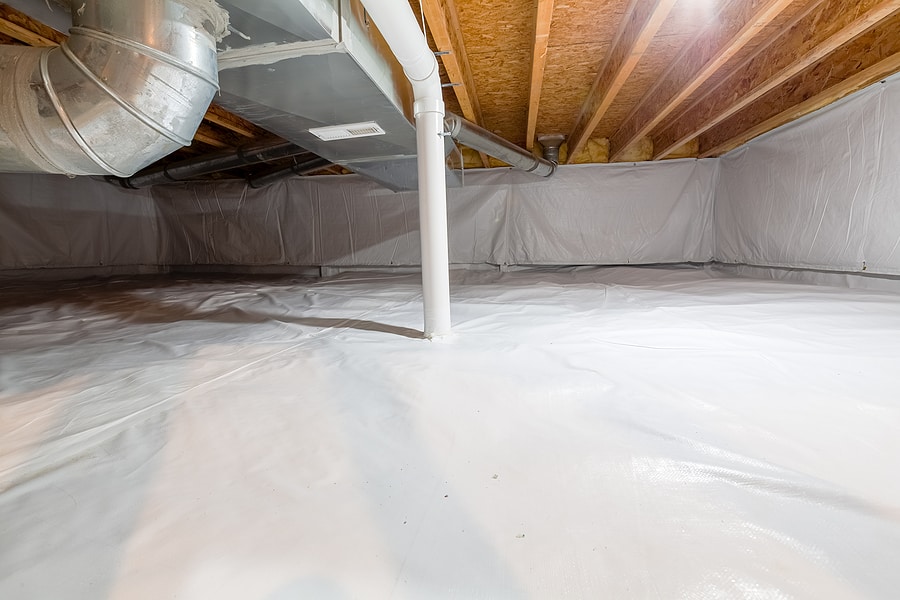
A moisture barrier is a plastic liner that covers the dirt in your crawlspace. These barriers are used to block vapors and moisture in the soil from entering your crawlspace. But is it necessary to install a moisture barrier under your home? While that decision remains a personal one for you as a homeowner, there are several benefits to moisture barriers.
Moisture in your crawlspace can affect the temperature inside your home. As your HVAC unit or furnace runs longer to help maintain the temperature inside, it uses more electricity which, in turn, increases your electricity bill. This also puts additional strain on the HVAC unit, causing them to wear out faster and need costly repairs and/or replacement. A moisture barrier acts as a sealant, controlling the moisture levels and easing the strain of your HVAC system, making your home more energy efficient and saving you money on your energy bills.
High moisture levels in your crawlspace provide the ideal environment for mold and mildew growth. Mold and mildew in your air system can be detrimental to your and your family’s health. Mold can also cause significant damage to your home. Installing a moisture barrier greatly reduces these moisture levels, preventing mold and mildew from forming. Mold and mildew are often the cause of foul odors in your home, as well. A moisture barrier can also help eliminate these stale, musty odors from your home.
Moisture that gets into your crawlspace affects the temperature in your home. It can make your home too hot, too cold, too stuffy, or too dry depending on the weather, the season, and other factors. The moisture either absorbs the warmth from your house or keeps it from escaping. In turn, this causes your HVAC unit or furnace to run too long trying to maintain a steady temperature indoors. Installing a moisture barrier seals those spaces and keeps the moisture out of your crawlspace, helping to regulate the temperature inside.
Your home’s foundation is vital to its structure and soundness. Moisture in your crawlspace can lead to wood rot, especially on joists and beams. Rotting wood can lead to significant structural damage to your home which can, in turn, stick you with a huge repair bill. Moisture barrier installation reduces the amount of moisture in your crawlspace which helps prevent wood rot, protecting the structural integrity of your home.
Your unsealed crawlspace is an open invitation to pests and wildlife in search of shelter, food, and water. Once inside, these critters can cause significant damage to your home and your health. Rodents and other wildlife can chew through wood and electrical wires. Roaches and other insects can use the crawlspace to gain access to your home, posing potential health risks to you and your family. Installing a moisture barrier completely closes off your crawlspace, eliminating this entry point for pests into your home.
How do you know if you have a problem within your crawlspace? Some signs of crawlspace trouble include:
If you are interested in moisture barriers or crawlspace enclosure, contact a reputable company for more information.
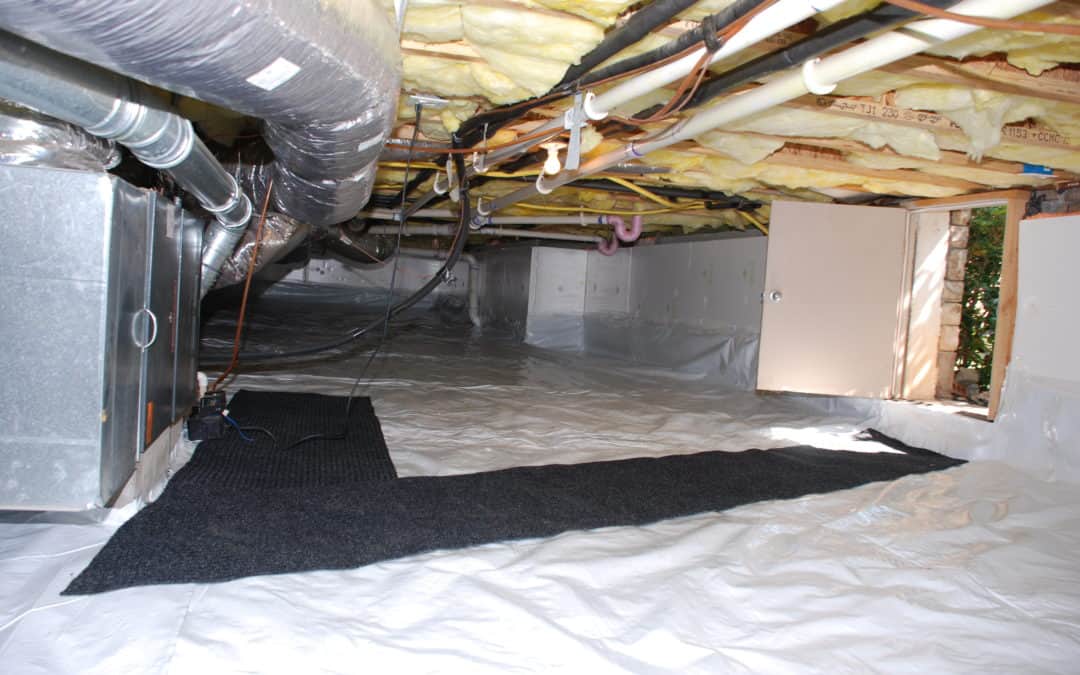
During the winter, the last thing you want to deal with is a cold home. With temperatures dropping as we approach the winter season, it’s important that your heating systems are ready and your home is prepared to weather the cold. If not, you could be dealing with cold air and high energy bills. Crawlspace enclosure this winter provides a solution to both problems that many homeowners face.
There are several benefits to enclosing your crawlspace. One that many look forward to is saving on their energy bill. The moisture in your crawlspace can affect the temperature inside the home, causing the HVAC unit or furnace to run longer to help keep your home warm, in return using more electricity. When you enclose your crawlspace, the moisture barrier acts as a sealant, which controls the moisture levels. This will ease the strain of your HVAC system to make your home more energy-efficient and save on energy bills.
Another great benefit of enclosing your crawlspace is preventing mold and odor. If left open, high moisture levels can cause mold and mildew growth, creating considerable damage to your home, posing a health risk to your family, and potentially causing an odor throughout your home. When your crawlspace is enclosed, the moisture barrier helps to reduce moisture, preventing mold and mildew from forming.
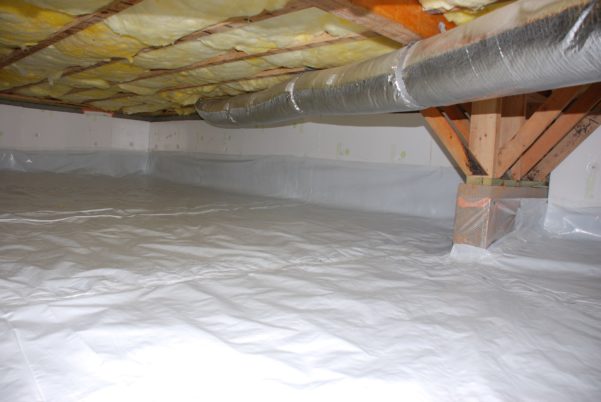
An unsealed crawlspace is an open invitation to pests and wildlife looking for shelter, food, and water. Once inside, these pests and nuisance wildlife can cause damage and present a health risk to your home and family. Once installed, the moisture barrier can help eliminate entry points for these pests to infest.
Consider calling your local pest control company for a crawlspace enclosure inspection and quote to stay warm and pest-free this winter!
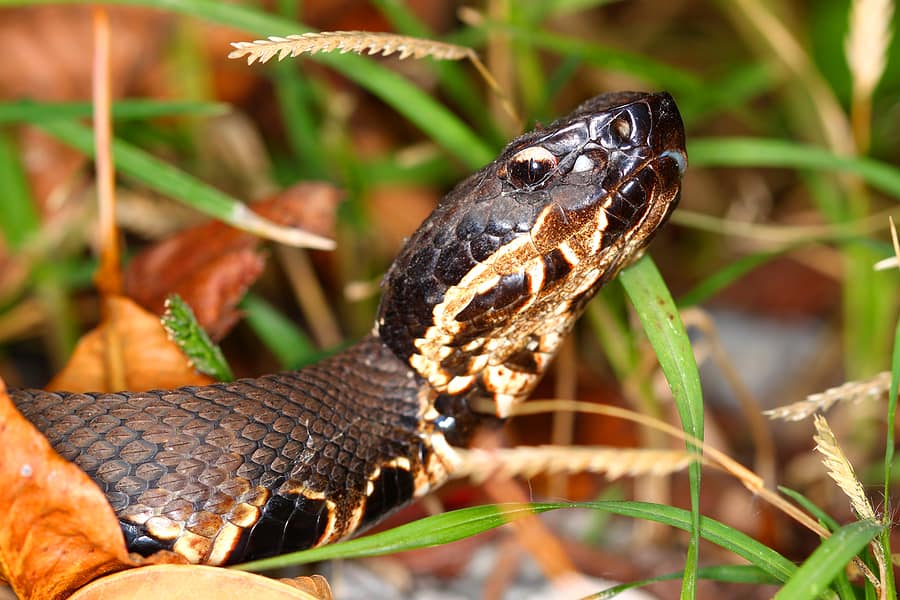
As the weather cools off and fall peeks around the corner, many people are taking advantage of the milder weather and spending more time outside. Unfortunately, many pests and wildlife, including snakes, are also enjoying the milder weather, preparing for the impending winter. Although most snakes encountered in Georgia are nonvenomous, there are a few species of venomous snakes to keep an eye out for. These include the copperhead, the timber rattlesnake, the cottonmouth, the eastern diamondback rattlesnake, the eastern coral snake, and the pigmy rattlesnake.
When spending time outdoors, keep an eye out for snakes in backyards, parks, and areas near the woods. They also like to frequent areas that border streams, lakes, swamps, and ponds. Snake season begins in the spring, usually March to April. Snake season doesn’t end until late fall or even winter, depending on weather patterns and where you’re located. Snakes in the southern states will stay active much longer than up north where the cold sets in sooner.
If you run into a snake, keep these tips in mind:
Because snake season hasn’t quite ended yet, it’s still important to take precautions when spending time outdoors. It’s best to leave snake removal to the professionals, especially if you aren’t sure what type of snake you’re dealing with. If you have a problem with snakes or any other pests, contact your local pest control company for proper identification and safe elimination of the offending creature.
Two Reasons You’re Attracting Termites
5 Common Ways to Attract Cockroaches
Preventing a Mosquito Infestation